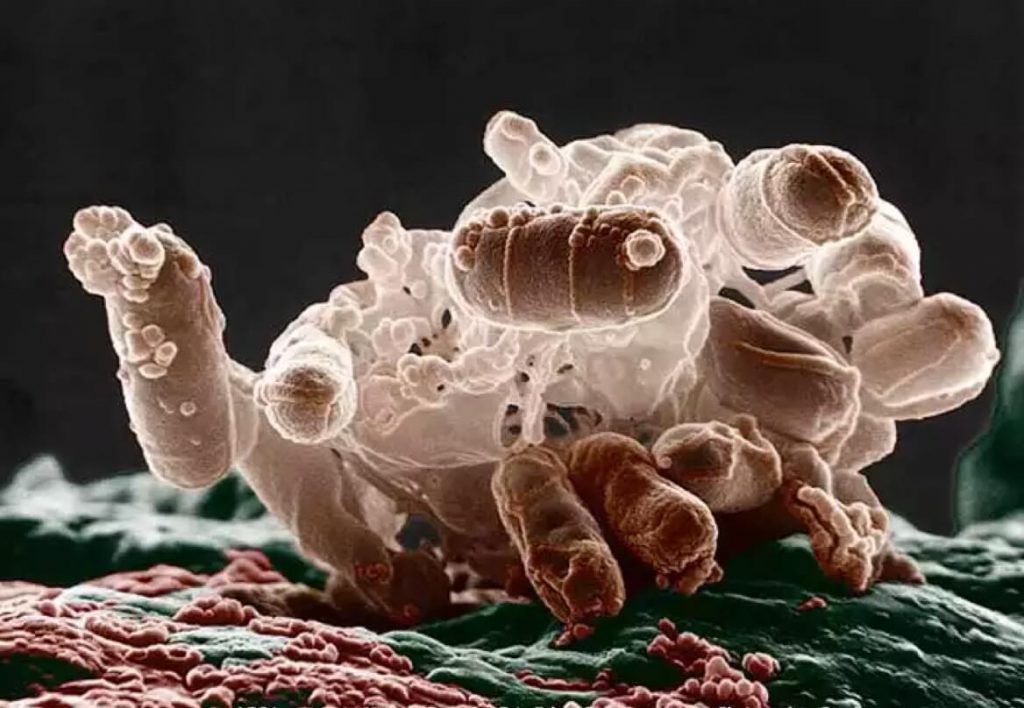Our E. coli lawyers are representing people sickened in a 2018 E. coli lettuce outbreak that sickened people in Illinois and 35 other states. Over 200 people were sickened, including two in Illinois. Lawyers have filed a lettuce E. coli lawsuit and are fighting to get people money settlements. You can contact our law firm for a free consultation using the form below.

According to the CDC, the evidence points to the source of the outbreak as being romaine lettuce from the Yuma, Arizona, growing region. This is based on interviews with people sickened in the outbreak and microbiological evidence obtained with whole genome sequencing (WGS) testing of E. coli isolates from people and the Yuma growing environment.
Most of the people sickened were interviewed. Some could not be because they were too sick or had died. The result of interviews of 166 people was that 145 reported eating romaine lettuce in the week before they got sick. Some people who became sick did not report eating romaine lettuce, but did report having had close contact with another person who got sick from eating romaine lettuce.
Once it was clear romaine lettuce was the likely cause of the outbreak, the FDA and state and local officials went to the grocery stores and restaurants where people had purchased the romaine lettuce and found out the suppliers. This investigation determined that the romaine lettuce came from various farms in the Yuma growing region. This triggered environmental testing in the Yuma growing region, which included collection of samples of water, soil, and manure. Testing done in CDC labs identified the outbreak strain of E. coli O157:H7 in water samples taken from a canal in the Yuma growing region. Further testing using WGS processes showed that the E. coli O157:H7 found in the canal water is closely related genetically to the E. coli O157:H7 bacteria that sickened people in the outbreak. This is evidence that can be used in an E. coli lawsuit.
On June 28, 2018, the CDC stated that the outbreak was to be over.